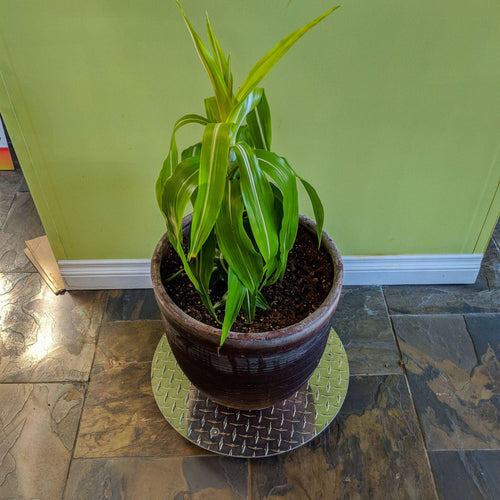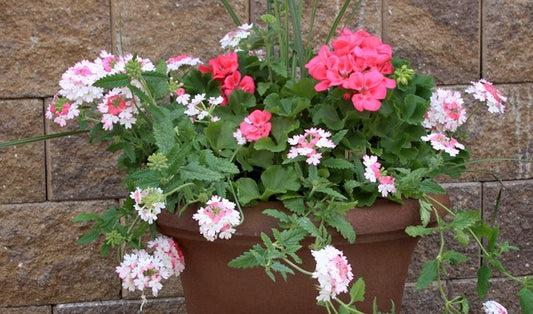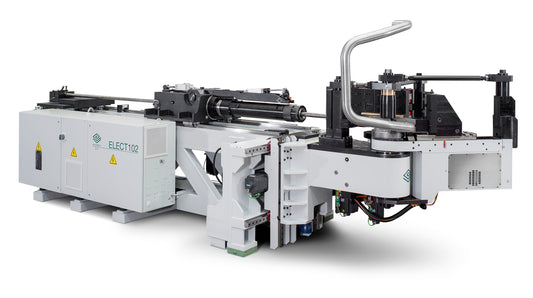The holidays have wrapped up, the decorations are put away for the season, and winter is in full force. These dreary days often invoke wistful thoughts of nicer, spring weather and getting outside to work in the garden. But if the weather outside isn’t cooperative there are many things you can get started on now to temporarily forget about the gloomy weather and get a jump on your spring gardening.
One of the first things you can do is to simply work on planning your garden. This time of year is the best time to start planning because you aren’t facing any time constraints or a sense of urgency to make decisions because plants or seeds need to get in the ground.
Start off by finding a pen and some paper and do some basic brainstorming:
- what was successful in your garden last season?
- what was a complete fail?
- do you want to try again or not?
- are there new plants you want to try?
- are you drawn to a certain color scheme(s) for your annual flowerbeds?
- do any design elements or the layout need to be changed?
- is the irrigation system sufficient?
- what decor do you want to add?
Brainstorming the things mentioned above, and anything else that comes to mind gives you ideas regarding what’s important in your garden. It helps to bring to light the parts you think are working well, what you’d like to change, and maybe new things you’d like to try.
After brainstorming through those basic ideas take some time to organize your thoughts. Categorize ideas into columns based upon importance, i.e. “must do”, “want to do”, etc. Now it’s time to do some drafting!
Sit down and pull out the paper and pencil again. However, this time grab some graph paper if you have it -- yes, the kind you used back in high school math classes and swore you’d never touch again -- and roughly sketch out your yard and garden area. Doing so allows you to adequately visualize the available space and current layout.
After drawing out the basic sketch add in the features that are already in your garden: trees, shrubs, flowerbeds, fish ponds, perennials. Think about what other elements you’d like to incorporate and determine the best placement, adding them into the sketch.
As you work your way through planning your garden, keep the following tips in mind:
- Make sure pathways in the garden are wide enough to walk through comfortably. They also need to accommodate garden equipment such as wheelbarrows, rototillers, etc.
- Think about sun exposure throughout the entire space, plant heights, and how the two aspects correlate. Design rows to point north and south instead of having an orientation that runs east to west. Every row will receive the same amount of sun during the day. Taller plants can unintentionally shade out shorter, smaller specimens close to them. Keep taller plants towards the back or along the north edge of the garden.
- Account for growth. Buying full-sized, mature plants is an expensive endeavor so most gardens are planted with seeds or starter plants that are considerably smaller in size. Your garden may look sparse at first but resist the urge to plant in closer plant spacings than recommended. Over time plants will mature and grow to their full size. Over-crowding causes plants to compete for resources such as sunlight, water, and plant essential nutrients impeding plant growth and yield.
- Plan your flowers to have staggered blooming times. The goal of a flower garden is beautiful blooms for you to enjoy. To keep your garden from looking exquisite for a short couple of weeks and then barren the rest of the season choose plants that vary in their bloom times for continuous color throughout the gardening season.
- Think about air movement within your yard and plant fragrant flowers accordingly. Take advantage of the natural wind patterns to allow your favorite scents (think lavender, lilacs, roses, etc.) to waft into sitting areas or windows on your home that are frequently open.
- Add flexibility into the design. Large plant specimens or potted containers can be hard to incorporate into a design element. As time goes on you may not like their intended spot but their size limits the ability to easily adjust their placement. To work around this, place large planters on rolling plant caddies to facilitate movement during the season or in subsequent ones.
- Incorporate non-living elements such as a metal garden sign or a metal art sculpture to incorporate varying textures and colors. Metals are considered a neutral color and pair well with any color palette you have chosen.
After determining the design elements and their layout, configure a schedule for pruning perennials before they break dormancy, adding soil amendments, preparing the garden beds, and then planting to help you stay on track.
Planning your spring garden during the downtime of winter is a great way to beat the winter blues and leisurely draw up a schedule and layout for the upcoming season. Brainstorming ideas about what has worked in the past and what you’d like to change when coupled with the aforementioned tips can help make planning a breeze.





